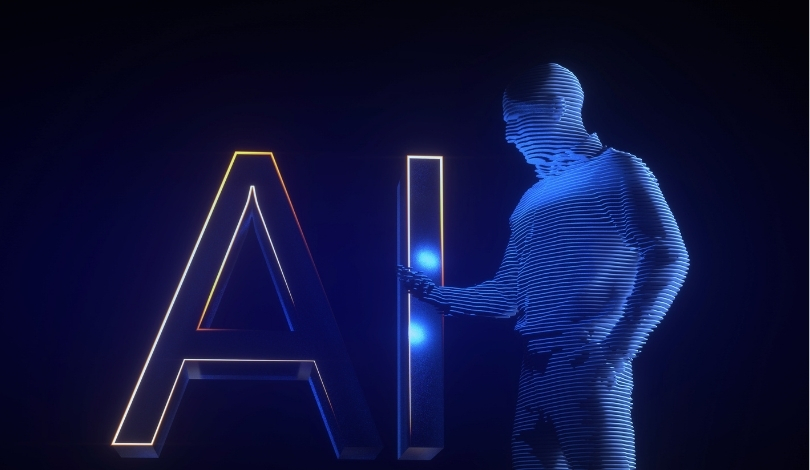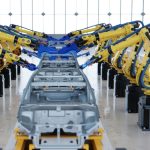Silicon Valley companies intensify their search for advanced computing capabilities as Anthropic secures significant support from Google in a freshly announced arrangement. As the generative AI sector expands, developers and technology providers increasingly overlap, forging alliances that pool resources, hardware, and investment. Decision-makers across the industry recognize these partnerships as critical in handling soaring demand, but they also acknowledge that such interdependencies require careful strategy to avoid pitfalls of past tech cycles.
Anthropic and Google have worked together before, but this new agreement stands out for its scale and financial size, reflecting mounting stakes. Unlike last year’s deals, which primarily saw Google providing cloud services, the current agreement commits Google to supplying Anthropic with more than one gigawatt of computing capacity by 2026 and up to one million tensor processing units (TPUs). This commitment, said to be worth tens of billions of dollars, leapfrogs prior arrangements and demonstrates growing corporate confidence in Anthropic’s Claude and related offerings. Rivalry continues as OpenAI recently entered partnerships for computing arrangements of even larger scale, reflecting broad activity across the landscape.
How Does the Anthropic-Google Deal Expand Their Collaboration?
Google’s provision of hardware, cloud services, and direct investment reinforces its position in Anthropic’s supply chain. Anthropic now serves more than 300,000 business clients, with revenues accelerating and the number of high-value contracts nearly multiplying sevenfold in one year.
“Anthropic and Google have a longstanding partnership, and this latest expansion will help us continue to grow the compute we need to define the frontier of A.I.,”
said Krishna Rao, Anthropic’s chief financial officer, reflecting a focus on sustainable growth rather than short-term gains.
What Role Do Amazon and Nvidia Play for Anthropic?
Despite its deepening association with Google, Anthropic keeps Amazon as its leading training partner, benefitting from Amazon’s $8 billion investment and custom AI hardware, Project Rainier. The startup also leverages Nvidia’s GPUs, highlighting a strategic “multi-platform approach” rather than exclusive reliance on a single provider. Anthropic emphasized,
“We will continue to invest in compute capacity as demand grows,”
indicating ongoing diversification in its operational strategy.
Are Circular Partnerships Reshaping AI Industry Direction?
Model developers and hardware suppliers in the AI domain increasingly form symbiotic partnerships, investing in each other’s resources. OpenAI, for instance, recently struck a $300 billion deal with Oracle and several agreements ensuring substantial computing access, while Anthropic and its partners pursue similar strategies to secure computing power at scale. Such arrangements can enhance resilience, but also prompt scrutiny regarding stability and risk, especially as investment totals grow.
Recent media coverage has highlighted Anthropic’s rapid ascent, but only now does the startup’s linkage with Google scale to such a high level of capital and infrastructure. Past reporting focused more on Anthropic’s ethos as a safety-oriented alternative to OpenAI, while earlier partnerships tended to concentrate on cloud access, not specialized hardware commitments. The current announcement marks an escalation of Anthropic’s ambitions and intensifies competition with other major AI model developers, also increasing industry-wide attention on contractual dependencies and their market impact.
Long-term viability for AI startups will depend on their ability to balance broad, intertwined partnerships with robust product development. As Anthropic leverages Google’s enormous computing power and continues longstanding ties with Amazon and Nvidia, it can increase output and research quality but should also prepare for fluctuations in technology costs and contract terms. For businesses interested in adopting high-performance AI tools like Claude, these agreements indicate intense competition among technology partners—potentially leading to innovations and lower waiting times for new AI features. Observers urge diligence in evaluating the risk and practical benefits of inter-company dependencies within the evolving AI landscape.










